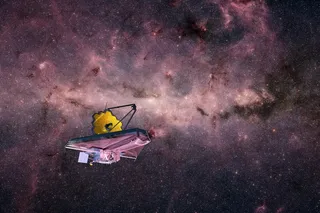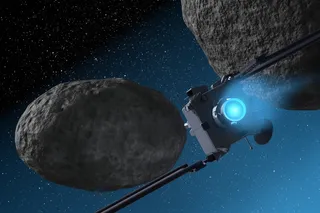Gravity is a weak force, which makes it extremely difficult to do actual experiments (or perform astronomical observations) that would give us any detailed, up-close-and-personal data about the behavior of quantum gravity. We should be thankful, therefore, that we've been able to learn as much as we have about quantum gravity (and we do know some things) just by sitting in our chairs and doing thought experiments, constrained only by the basic principles of general relativity and quantum mechanics. Undoubtedly the most prolific thought-experiment laboratories have been black holes. In particular, Hawking's discovery that black holes radiate and have entropy has driven an enormous amount of research, and some of it has actually been productive! One of the highlights was certainly the calculation in 1996 by Strominger and Vafa, who used some tricks from string theory to actually count the number of quantum states hidden in a black hole, in ...
Where Does the Entropy Go?
Discover insights from quantum gravity experiments shedding light on black hole entropy and the mysteries of extremal black holes.
More on Discover
Stay Curious
SubscribeTo The Magazine
Save up to 40% off the cover price when you subscribe to Discover magazine.
Subscribe












